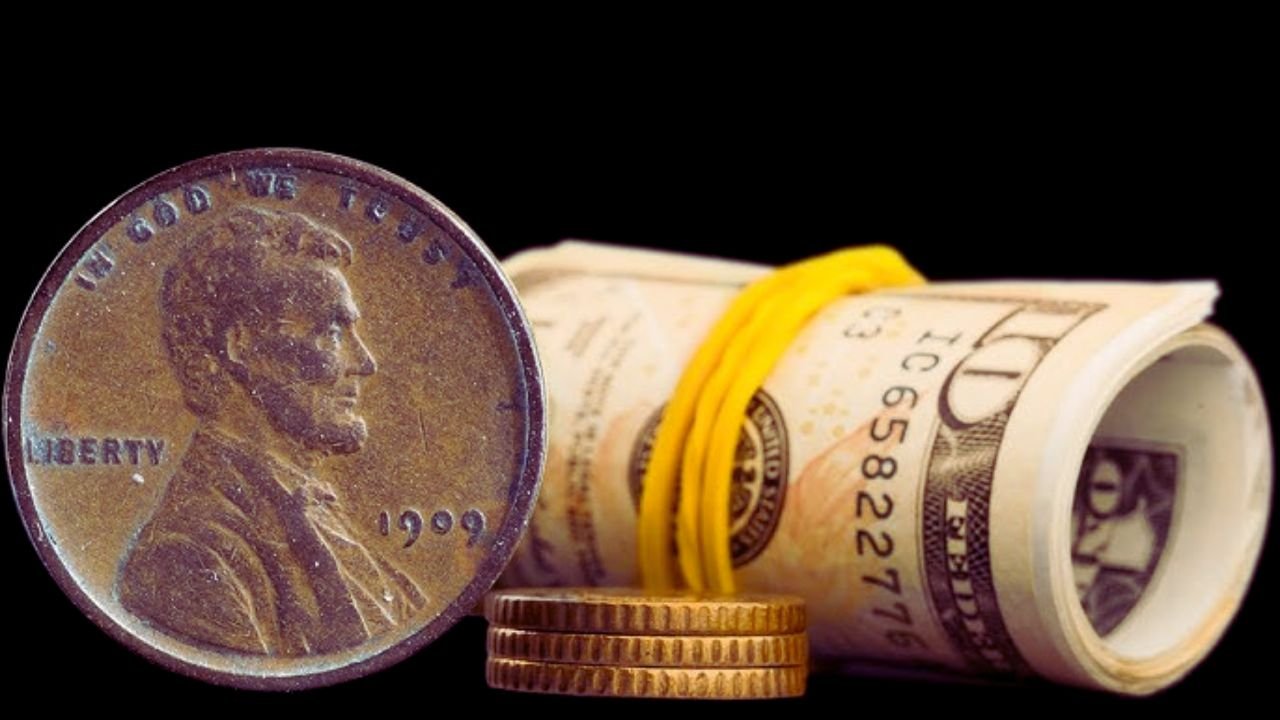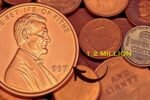The idea of a Lincoln Wheat Penny worth $80 million still circulating has sparked excitement, but claims of such an astronomical value are largely unverified and likely exaggerated. Here’s a clear, simple breakdown of the Lincoln Wheat Penny’s story, focusing on the rare 1943 copper penny, which is the most valuable variant.
Why Is the Lincoln Wheat Penny Special?
Minted from 1909 to 1958, the Lincoln Wheat Penny features Abraham Lincoln’s profile on the front and two wheat stalks on the back, designed by Victor David Brenner. Introduced to mark Lincoln’s 100th birthday, it was the first U.S. coin with a president’s portrait. Most are worth just a cent, but rare errors, especially from 1943, can fetch huge sums due to their scarcity and historical significance.
The 1943 Copper Penny: The Real Star
During World War II, the U.S. Mint switched to zinc-coated steel for pennies in 1943 to save copper for the war effort. By mistake, a tiny number of copper blanks were used, creating the ultra-rare 1943 copper penny. Only 10-15 authentic examples are known, mostly from the Philadelphia Mint, with one confirmed 1943-D (Denver) bronze penny.
- Value: The 1943-D bronze penny sold for $1.7 million in 2010 and was valued at $840,000 in a 2021 auction. Other 1943 copper pennies have fetched $200,000-$870,000.
- $80 Million Claim: Reports of an $80 million valuation, like those from theatreschoolsanehalli.org and gurunanakschoolghy.com, lack evidence and cite no verified auctions or grading records. Experts suggest a top value of $2.3-$5.5 million for a perfect specimen, not $80 million.
Could It Still Be in Circulation?
It’s highly unlikely but not impossible. Most 1943 copper pennies were found decades ago by collectors, as their rarity was known by the 1940s. However, some could remain in old collections, coin jars, or change from unaware owners. The odds are slim, like finding a needle in a haystack, since billions of pennies circulate, and collectors have hunted these for years.
How to Spot a Valuable 1943 Penny
- Material: Use a magnet. Steel pennies (common) stick; copper ones (rare) don’t. Copper pennies weigh ~3.11g, steel ~2.7g.
- Mint Mark: Check for a “D” (Denver) or “S” (San Francisco) under the date. The 1943-D bronze is the rarest. No mint mark means Philadelphia.
- Condition: Mint-state (uncirculated) coins are worth more. Look for sharp details and no wear.
- Beware Fakes: Some 1948 pennies are altered to look like “3”s, or steel pennies are copper-plated.
What to Do If You Find One
- Cleaning lowers value. Handle by edges only.
- Use a plastic coin holder.
- Get it graded by PCGS or NGC to confirm it’s real.
- Use reputable auction houses like Heritage Auctions for high-value coins.
Why the $80 Million Hype?
The $80 million figure seems to stem from speculative articles and unverified claims, possibly inflating values for clicks or misunderstanding auction trends. Other exaggerated claims ($121 million, $177 million, $999 million) also lack credible backing. The 1943 copper penny’s real value is driven by:
- Rarity: Fewer than 30 exist.
- History: Ties to WWII copper shortages.
- Condition: Pristine coins fetch more.
Final Note
A Lincoln Wheat Penny worth $80 million is more myth than reality—realistic values for the 1943 copper penny top out at a few million. Still still a fortune! Check your change for a 1943 copper penny, but don’t hold your breath. Visit a coin dealer or grading service if you think you’ve struck gold. You might not find an $80 million penny, but even a $200,000 one could change your day



